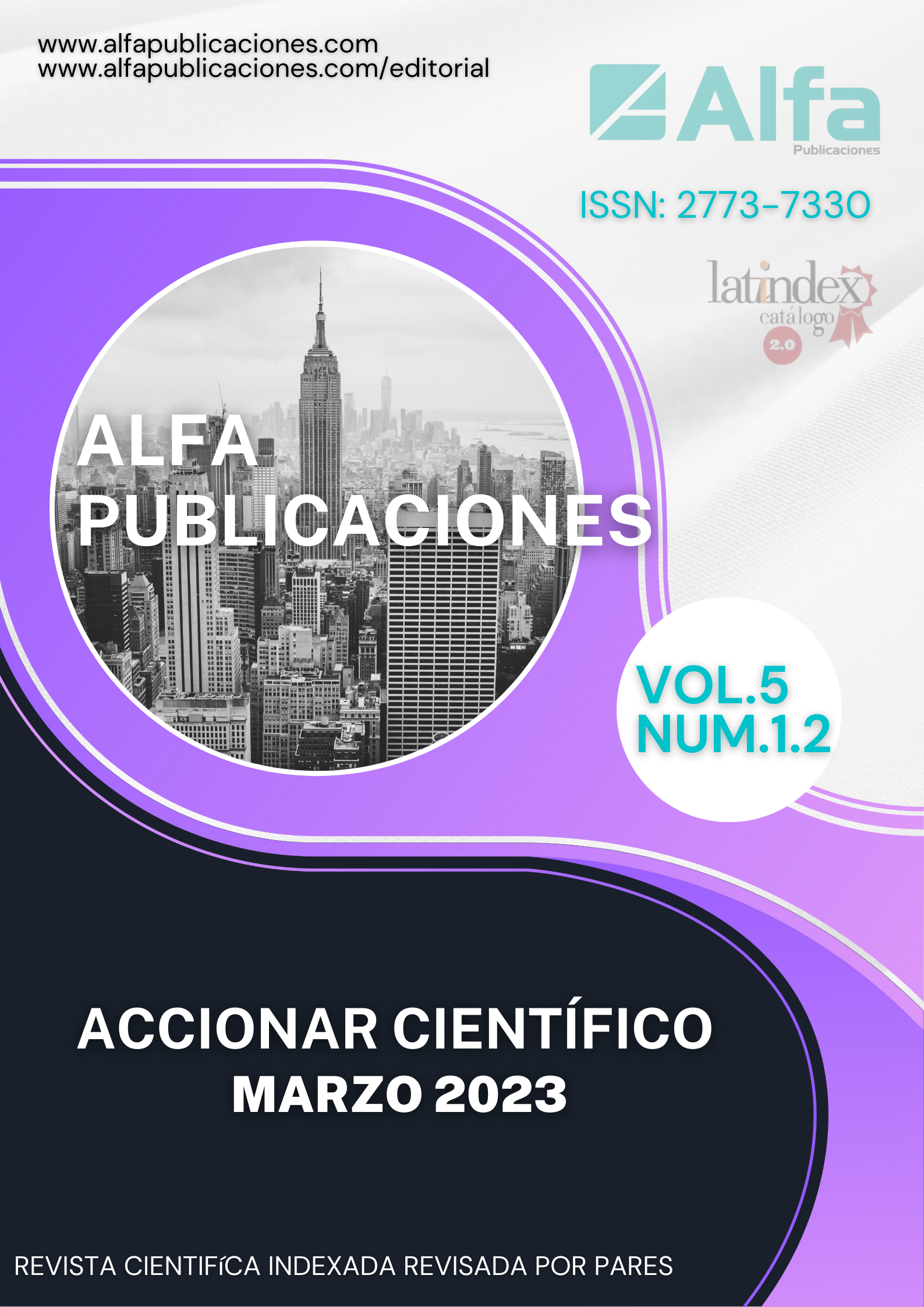Urban sustainable indicators for the city of Cuenca: wastewater management
Main Article Content
Abstract
Currently, the city of Cuenca is going through a continuous demographic growth that has increased the demand for basic services infrastructure, considering this background it is important to know what indicators engage in wastewater management, considering the importance of caring for rivers. The main objective of this work was: to create sustainable indicators for wastewater management in the city of Cuenca. The study was of an exploratory-descriptive type of exploratory level, with a mixed approach; In the qualitative field, a bibliographic search was carried out, for which both physical and digital libraries and documents of existing scientific literature were used, with emphasis on: Methodological Guide-Emerging and Sustainable Cities Initiative (IDB), ISO 37120 Sustainable development of communities , Sustainable Development Goal 6, LEED v4.1 Cities and communities, BREEAM Communities Technical Manual, Indicators and Official Goals of MDG7; Quantitatively, a mathematical and statistical model was applied for the construction of indicators, which were subjected to expert judgment. For their validity, values greater than 0.70 of acceptance were considered according to international reference levels. The results of the study revealed that the sustainable indicators were percentage of households with home connection to the sewage system that obtained a score of 0.90, percentage of wastewater treated in accordance with national standards with a score of 0.80.
Downloads
Article Details
dssfdsf
dsfdsf

